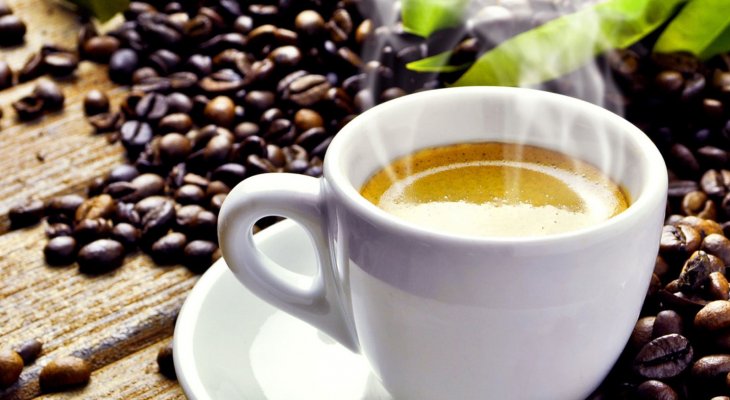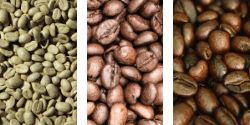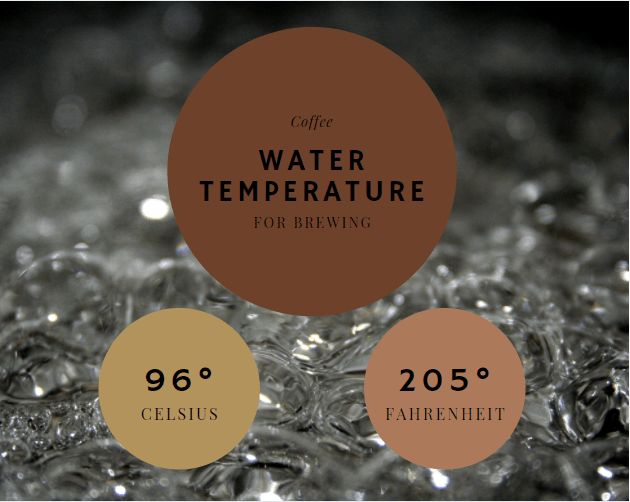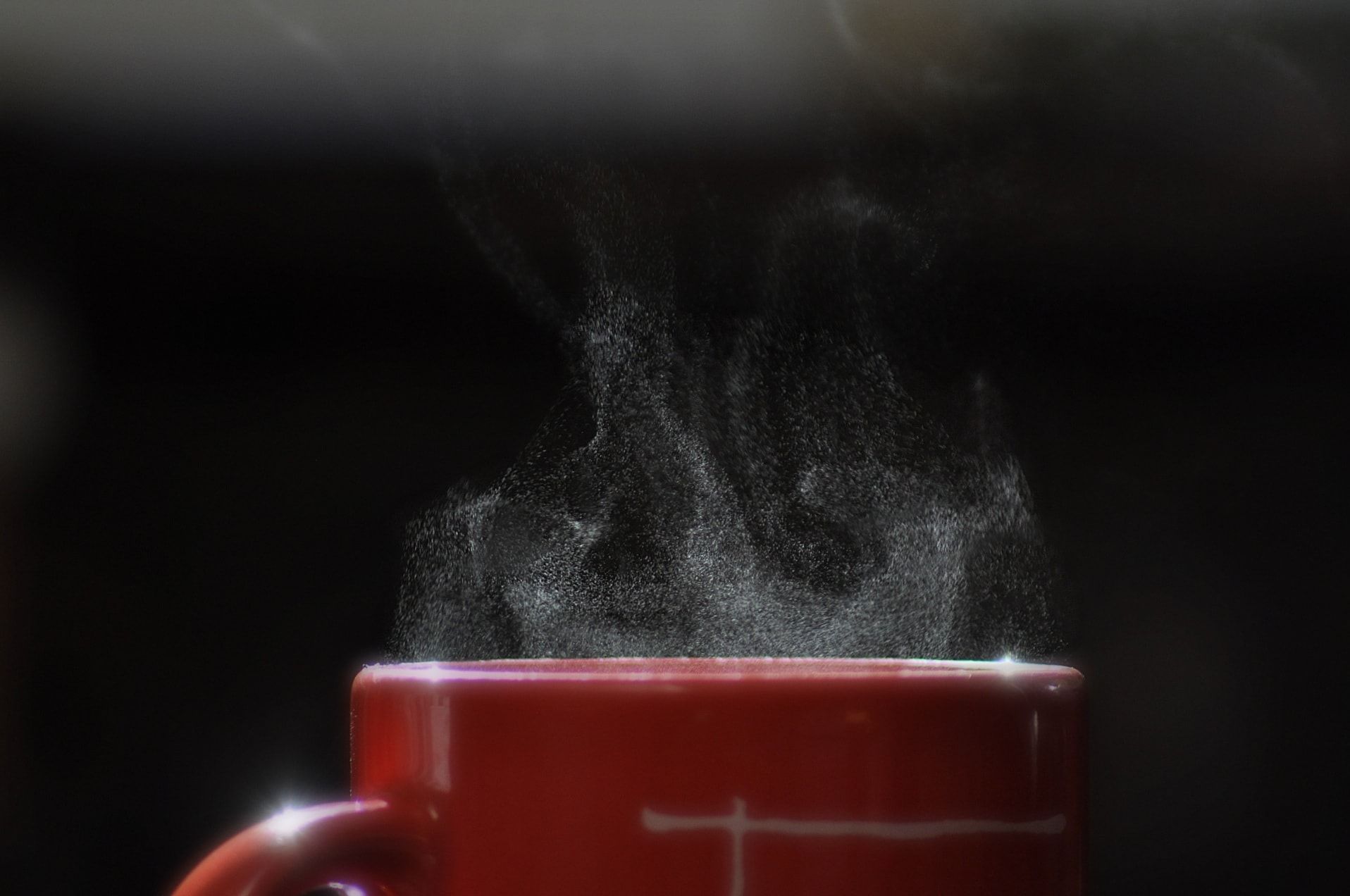What Does Bad Coffee Taste Like? (And How Does Good Coffee Taste?)

Coffee.. Either you love it, or you hate it! There is a ton of different kinds of coffee out there, and it can be difficult to tell what’s good coffee, and what’s bad coffee. A lot of factors play a role in the reasons why coffee tastes the way it does, this post will tell you which.
What does bad coffee taste like? There are many different ways for coffee to taste bad, and there are a lot of reasons why. The opposite is luckily also the case. There are many reasons for coffee to taste good as well.
So, do you love coffee, or do you hate it? Either matters, cause this post will take you through all about the reasons for both bad and good coffee tastes, how to avoid them and much more!
Read Also: How Do You Add Coffee Flavor To Beer?
What Is Good Coffee Supposed to Taste Like?
This question can be hard to define. It all depends on how you experience the coffee taste, which is very different from person to person. That said, there are several criteria a good cup of coffee should stick to before you want to take another sip.
Both good and bad coffee can contain the same flavors, just in different ways.
In a good coffee, the flavors will appear in a perfect balance, where they, in bad coffee, will appear unbalanced.
High-quality coffee tastes
A quality coffee should have a balance between the flavors of sweetness, bitterness, and acidity, with a smooth flavor, and absolutely no off-notes. It should feel smooth when you drink it. The coffee even might have a floral, fruity or earthy flavor.
The good roast
There are three principal parts in making a high-quality coffee:
- Quality coffee beans
- Good roasting
- A good brewing system
In all of the three parts, roasting might be the absolute most important part, followed by the bean production.
The characteristic coffee taste comes from the roasting process. By causing the green coffee beans to change and expand in smell, flavor, density, and color, using several chemical reactions, then the roasting appears.
There are, of course, two different kinds of roast; a lighter roast and a darker roast:
- The light roast allows the beans to exhibit more of its origin flavor. This means that the flavor that is created in the bean by its altitude, soil, variety, and weather conditions.
- The dark roast gets a very dominant taste by the roast itself, so it’s difficult to distinguish the origin of the bean.
Under-roasted or over-roasted
When coffee beans are roasted, the Maillard reaction happens. This reaction is a chemical reaction between an amino acid and natural sugars in reducing foods that results in the browning of food, to result in stronger tastes.
This Maillard reaction intensifies at around 200 degrees Celsius. The coffee bean will make its first crack (make a popping sound) when it reaches this temperature. This means the bean is at the beginning of the light toast.
- If the beans are under-toasted, they are not heated to its first crack. These beans will not caramelize, which means that the natural fructose in the coffee bean will be at a high level because un-caramelized fructose is, believe it or not, sweeter than caramelized fructose.
- If the bean is over-roasted, it’s because of too much heat. If the coffee bean is roasted at a higher temperature for a longer time, the amino acid and natural sugar in the coffee bean break down and continue caramelizing.
The beans char and amino acids will break down again and release more fructose after 250 degrees Celsius. In other words; both under-roasted and over-roasted coffee will have excess sugars in them and will not be properly caramelized.
Check the quality of your coffee
The easiest way to check if your coffee is properly roasted is to fill up a glass of water. Then, put a tablespoon of grounded coffee on top of the cold water, and wait a few minutes.
If the coffee leaches into the cold water, it has either been over or under-roasted.
If it leaches into the water, it’s because the sugar is leaching out of the coffee. If the grounded coffee doesn’t leach into the coffee, even after half an hour, your coffee is properly roasted.

How Do You Make Coffee Not Taste Bad?
There are several reasons why coffee tastes bad. But there are also several explanations and solutions for this issue. The most common problems are:
- The beans
- Bad water quality
- The equipment
The beans
The beans are the most important ingredient to good coffee, but sometimes even good quality beans can be the reason for bad coffee.
Coffee beans don’t have infinite life. So, even if they look good or smells good, it doesn’t mean they can still be used for coffee brewing
During the roasting process of the beans, there are produced a lot of carbon dioxide in the beans. Therefore the beans have to be left for ‘degassing’, which means they leak some carbon dioxide.
The longer they are left for degassing, the more flavor they lose.
So if the beans have been left for too long, or have just been stored unproperly, they could give you a sorry cup of coffee.
TIP: To avoid this happening you should only buy the fresh coffee you need for the next week or two. By fresh I mean between four days and two weeks.
The reason is that fresh coffee is still in a major degassing phase and has not been able to develop more flavorful oils yet.
The roast-level of the beans has a major impact on the coffee tastes outcome. Either the beans can be over-roasted, or it can be under-roasted. Read more about this in the section above: Under-roasted or over-roasted
The water
If the beans aren’t the reason your coffee tastes bad, it could be your water. Although the water tastes fine when you drink it, it may still be the problem. The reason for this can either be that your temperature is wrong or your tap water isn’t great.
It might be hard to tell the temperature of the water by the naked eye. Very hard.
The optimal temperature for brewing coffe is 205 F (96 C).
The reason why the water should not be boiling, is that you could destroy volatile oils and the subtler flavors of your beans. On the other hand, if the water is to cold, the coffee will become under-extracted.
To be sure your water has the perfect temperature for the coffee, you could always use a thermometer.
If you don’t have a thermometer, you can simply bring your water to boil, and then just remove it for the heat in around 30 seconds before use, and you should be good to go.

Particles in your tap water can have a relatively large impact on the coffee taste. Even though the water seems fine.
The equipment
If the problem is neither the beans or the water it could be your equipment. Maybe your equipment is dirty?
Your coffee maker might look clean, and maybe you already cleaned it lately? That might not be enough. Mostly we just clean the coffee pot and the filter area, but we have to clean it more thoroughly.
Here is a step-by-step guide in how to clean a regular drip coffee maker.
This is what you will be using:
- Coffee filters
- Water
- White vinegar
- A damp cloth
- Dish soap
- Dish brush
Now, let’s get to it!
- Wipe the inside of the chamber with a damp cloth to remove loose grounds or dirt.
- Then fill up the coffee maker’s water chamber halfway with white vinegar. After that, fill up the other half with water.
- Insert a filter into the basket to filter any dirt and other items, that could have been hiding in your coffee maker
- Brew half of the water-vinegar mix, and turn off the coffee maker. Leave the vinegar mix in your coffee maker to soak (min. 30 minutes).
- Turn the coffee maker back on and make it brew the rest of the vinegar mix..
- Now, change the filter, and then refill the water chamber. But this time with water only, and let all of the water run through.
- Repeat this one more time, to get rid of any lingering vinegar scent or taste.
- Use hot water and some dish soap and scrub inside the carafe.
- Last, but not least, wipe the outside of your coffee maker, to get the rest of the dirt away.
Now you know about the main reasons why your coffee is bad. I hope it was useful to you, cause no one deserves a bad cup of coffee.
How Would You Describe the Taste of Coffee?
It can be hard to describe and define a coffee taste, right? Although, if you understand how to describe the taste of coffee, it’ll be easier for you to interpret these words. To describe the taste of coffee, the only thing you need is a mug of coffee, a moment, and a few tips on the way.
- First up, try to describe the acidity of the coffee. And no, I am not kidding, just describe it by its aftertaste. If the aftertaste is crispy, sharp, and pleasant, the coffee has a higher acidity. If the aftertaste is dull, the acidity is low.
- Now, try to describe the aroma of the coffee. And for this, you should also use your nose. The nose easier detects things than the taste buds. Inhale the coffee’s scent before taking a sip. This makes the best result.
- Next on, describe the flavor. This you shall sense while the coffee is in your mouth. Maybe the coffee has chocolate, mildly or caramel flavor.
- Last, but not least, you put your description together. Start with the acidity, then the aroma, and then the flavors. But remember, each individual will have a different description, it all depends on your personal senses.

Is Coffee Supposed to Taste Good?
If you like coffee, you like coffee. If you don’t like coffee, you don’t like coffee. It’s as simple as that, but.. Of course, coffee is supposed to taste good. I mean, If it was supposed to taste bad, why would we drink it then? For the sake of energy? I don’t think so.
Most of what we taste we actually smell. The only sense our mouth picks up is sour, sweet, salty, bitter and umami.
So, without the smell, coffee would have only a sour or bitter taste due to the organic acids. But with our smell, the coffee becomes lovely, for those who actually like coffee, of course.
Are you more interested in coffee, maybe beer, or just overall brewing? Check out this video:



